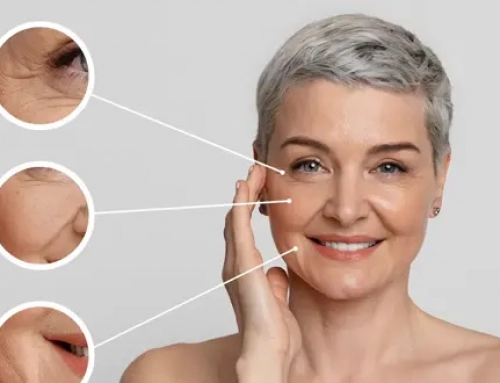Ear surgery, or otoplasty, is a relatively common procedure performed on adults and children. This surgery can correct the appearance of ears that stick out in order for adults to be relieved from self consciousness and spare children mockeries at school.

Correcting ears that stick out with otoplasty
About otoplasty surgery
This procedure aims at reshaping the auricles to correct different defects :
- The angle between the auricle and the skill is too wide
- The cartilage of the concha is too big
- The auricle is not folded properly
Each case is unique, therefore surgeons customize the procedure to each patient. When the procedure aims at bringing the ears back closer to the head, it is typically performed on both ears. In certain cases however, only one ear sticks out and the procedure only corrects this one. Surgery can be performed under local anesthesia as an outpatient surgery or general anesthesia for young children. The procedure only causes mild pain and swelling of the ear.
At what age can patients undergo ear surgery ?
Otoplasty can be performed on patients of two age groups : young children who express the need to get rid of their defect (7 to 11 years old) or teenagers and adults after puberty.
Otoplasty cannot be performed during growth spurt because of high levels of hormones interfering with wound healing.
After surgery
Patients have to wear a light supportive headband day and night for two weeks and only during the night for 3 weeks after that. The ears can seem too close to the skull right after surgery, but they will loosen up quickly, giving way to a harmonious result. The definitive result can be seen after approximately 3 months. Scars located behind the auricle are very discreet, but healing takes time, which is why the definitive result takes time to appear.





